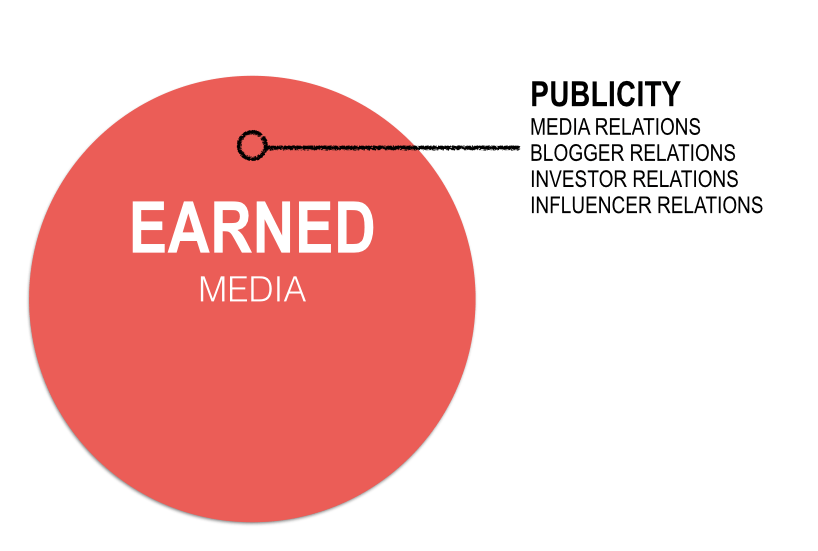I was recently at the PR Week Awards when a large agency winner was announced.
The announcer read this, “Agency name bought more than $200 million in ads this year.”
As the room filled with polite applause, I thought three things:
- This fact had been highlighted as part of the award submission.
- The event organizers selected it as a point of emphasis in giving out the award.
- Isn’t that a little weird?
Now, don’t get me wrong. I’m not suggesting PR should be locked into the same, tight little silos the industry was in 20 years ago.
Far from it.
In fact, one of PR’s big mistakes was not taking ownership of web content when it had the chance. Today’s PR is about strategy, execution, and more, but I worry that many have given up on what used to be a core strategy—how to earn media.
Opportunities to earn media are greater than ever before—especially on the digital side and with video content.
Media Influencer Report
The D S Simon 2015 Media Influencer Report found 76 percent of digital producers and journalists affiliated with the digital outlets of television and radio stations, newspapers, magazine, media sites, and bloggers reported using outside produced video.
Significantly, 74 percent of them will post or link to the entire video.
This provides an unequaled opportunity for direct communication of the entire PR or marketing message to consumers.
So why aren’t communicators trying to take full advantage of these opportunities when they earn media?
For agencies, there’s a fear of a project fail that could damage a client relationship; there aren’t many media outlets that will say “no” to a $200 million ad buy or brand integration effort.
On the flip side, “no” is the most common reaction when trying to pitch a story to a cynical journalist; it takes creative ideas, good stories, and a strong media team to earn media that will help organizations achieve their business and marketing goals.
Increasingly, it takes well thought-out and produced video content. Earning digital coverage has to be part of the fiber of your organization.
Video Earns Digital Coverage
- Remember there are two ways to earn media—with a produced video or an interactive/interview opportunity. Internet Media Tours (IMT) are an example of interactive earned opportunities.
- If you go the interview route, create opportunities for the digital journalist to be part of the video content. They can submit video questions, participate via Skype, call in, or attend the interview on site.
- Develop the produced content with placement on specific media outlets in mind. Think narrowcasting instead of broadcasting. Work backwards from the format and style of specific outlets you want to share your content with.
- Be open to creating separate story angles and themes to communicate your message to different targets. Travel stories have business angles. Sports stories have entertainment value. Different content will create added opportunities for placement.
- Prepare a media list in advance. Draft an elevator pitch for why someone on that list would feature your content. If you don’t have a good pitch, change the content.
- Devote resources to pitching and have the team practice their pitch to sharpen the message and your story. Create separate pitches for different angles of the story.
- Seed the content through your social media channels—the Media Influencer Report found 84 percent of digital journalists use these sites for story ideas.
Earn Media by Learning the Rules
It’s also important to build trust with the digital journalists you work with.
Lack of trust has been an obstacle in how to earn media across all platforms.
It showed up in the results of the Media Influencer Report.
Fewer than half of the digital media respondents felt they often or always received content with the proper disclosure.
You might be surprised to find out that 69 percent of the digital journalists said proper disclosure would make them more likely to consider using the content.
PR people need to learn the rules or work with people who do.
So now I’m thinking ahead to the next industry award program I attend.
I’m imagining that I hear it said that the winning company had a great strategy, developed creative content, and engaged journalists and consumers in sharing and publishing that content.
They used a core tenet of PR to earn media and it is award-winning work helped to build their brand and achieve business objectives.
That would be worthy of an award.
What’s there to be afraid of?
image: The “E” in the Spin Sucks PESO Model
